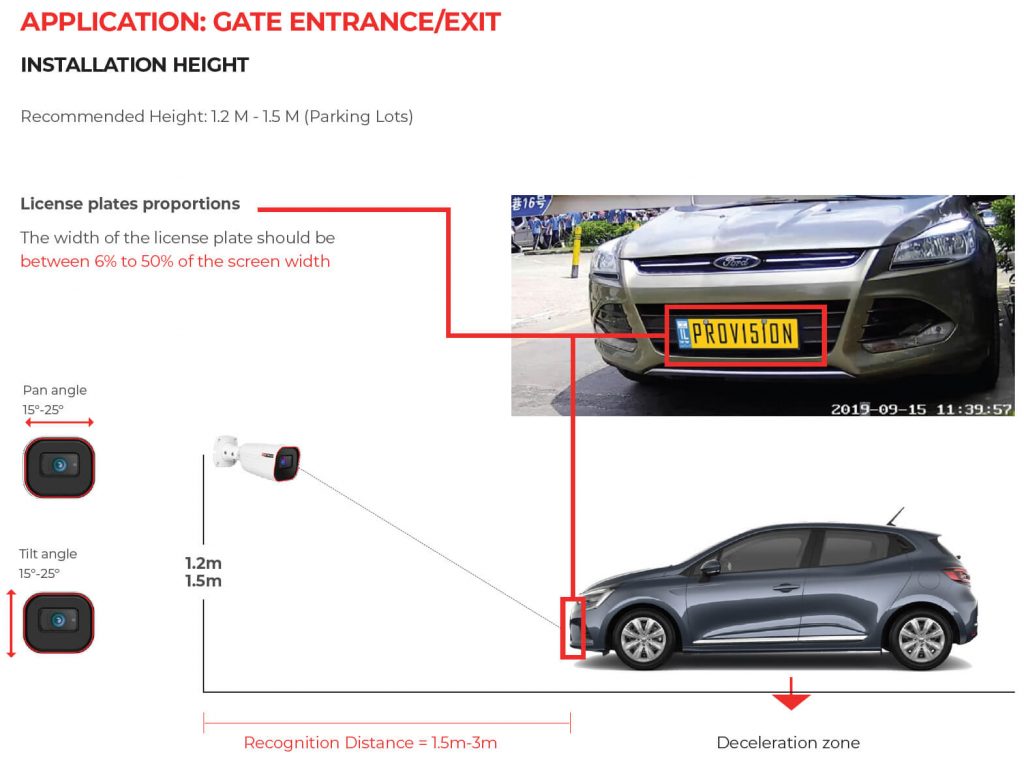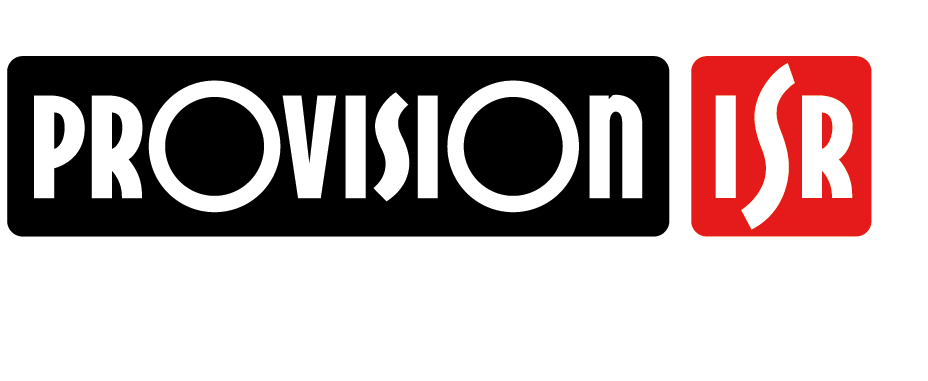When it comes of license plate recognition, the first thing to consider is the license plate itself! Each country has its own License Plate standard defined by some specific features such as:
- Dimensions
- Geometric format
- Syntax and character form
One of the most common characteristics featuring all the modern international license plates is their RETRO-REFLECTANCE that significantly helps the correct reading in all lighting conditions.
PROBLEMS TO BE FACED WHEN INSTALLING AN LPR CAMERA
There are a few critical conditions that you should consider when it comes of LPR:
- VEHICLES SPEED
The speed of the vehicle can be a problem if the exposure time is not correct and the images may be “blurred”. Any LPR camera should work with good exposure times suitable for capturing clear images, without the typical “luminous trails” caused by vehicle movement.
- LIGHTING CONDITIONS
Shooting conditions change significantly during the 24 hours. The same gate, for example, can be clearly visible when lit by the sun in the morning, or extremely dark at night, during a storm.
- EXTERNAL INTERFERENCES
By external interference we mean all those lighting sources that can create problems during the capturing and recognition process, such as the front/rear lights of a vehicle, the warning light illuminating license plate and the many sources of lighting that can change the shooting conditions of our camera.
- PLATE CONDITIONS
The differences related to the nationality, the diverse retro-reflectance conditions in new or old license plates, the plate cleanliness condition can make the recognition quite unpredictable.
TIPS TO BE CONSIDERED WHEN INSTALLING AN LPR CAMERA
In order to get the best from your LPR CAMERA you need to make sure your camera is optimized for this task. When you install your device, there are certain criteria to meet.
Let’s have a look at the main ones:
- VIEW ANGLES
In order to achieve better levels of LPR accuracy, there are 3 main angles to be considered.
– Tilt: No more than 25 degrees tilt down.
– Pan: No more than 25 degrees from direction of traffic flow.



- LIGHTING CONDITIONS
During the installation process you will need to set the camera’s shutter speed (to avoid motion blur) so the cameras low light performance will be dramatically affected. If you want your LPR cameras to work 24/7 you need good lighting. This lighting can be derived from your cameras InfraRed LED.
- INSTALLATION HEIGHT
The correct installation height is the result of the above-mentioned parameters: you can determine the proper installation height and distance according to the view angle and the IR distance of your camera.
- IMAGE QUALITY
When it comes of any kind of Video Analytics a proper image quality is extremely important.
Sharpness, focus, illumination, shutter speed: all these aspects need to be properly set in order to get a good image quality.
As a general rule, you need to be able to clearly read the vehicle Number Plates with the naked eye. If you cannot see the plates neither can your LPR software.
TRADITIONAL CAMERAS VERSUS LPR CAMERAS
Any security professional should know that traditional cameras do not guarantee an optimal license plate recognition: on a bright day and with a limited vehicle speed, they can provide acceptable images as long as a good visibility of the license plate.
However, this will certainly not be the case when a high-speed vehicle passes by at night, with headlights on.
Reading and recognizing a license plate requires the presence of an automatic system, called OCR (Optical Character Recognition), which analyzes the characters in the image and “converts” them into a text string.
Automatic reading systems require higher levels of detail and a great image resolution for the OCR system to work at its best.
This is where LPR camera make the difference compared to traditional cameras

